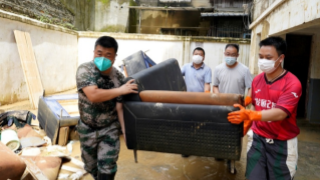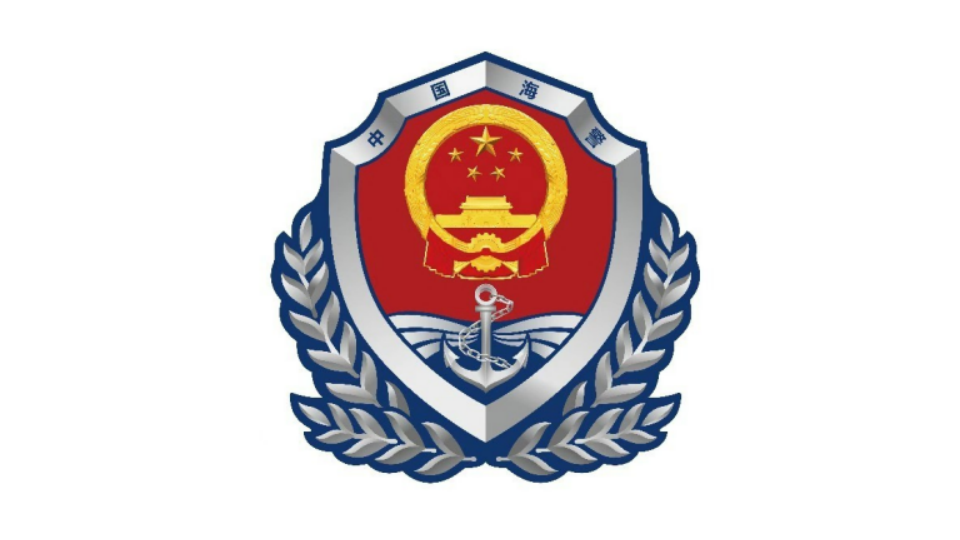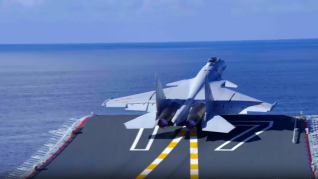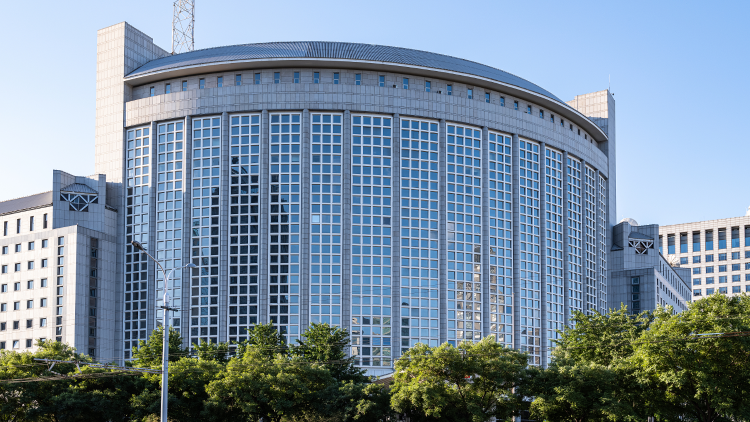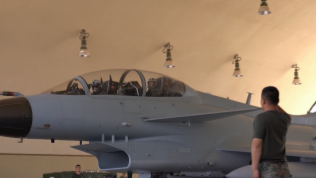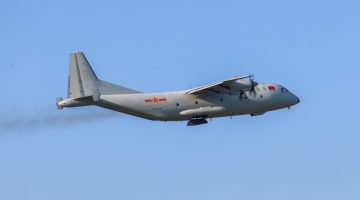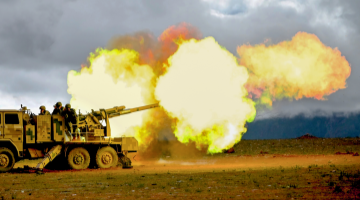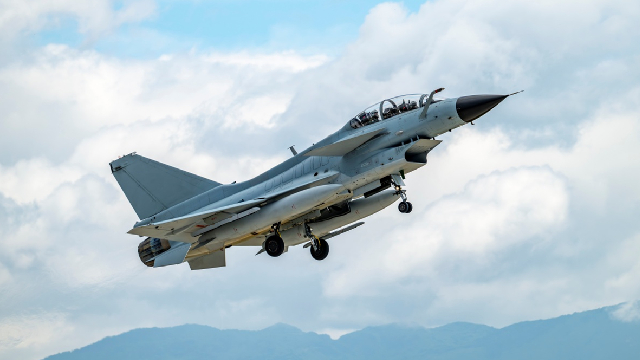By Pan Wanli
Recently, Japan Ground Self-Defense Force (JGSDF) carried out a live-fire exercise with a Type 88 surface-to-ship missile at the Shizunai Anti-Air Firing Range in Shinhidaka, Hokkaido, and released related footage. It marks the first time Japan has conducted a test launch of a "long-range missile" with a range exceeding 100 kilometers on its own territory. In the past, given the considerable impact such exercises could have on neighboring countries, the JGSDF mainly held these exercises in the US or Australia to avoid drawing public attention. Why has Japan chosen to break with past practice and conduct such training at home this time?
First, it aims to cut costs, improve training outcomes, and push for the regularization of domestic exercises. Although the US is Japan's ally, conducting such training at US bases has long faced constraints in terms of personnel, training scope and scheduling. In addition, as the training sites are far from Japan, the cost and time needed to transport troops and equipment remain high.
While training at home still requires Japan to pay a certain amount of compensation to affected fishermen, the expense is significantly lower than the cost of overseas exercises. More importantly, by training domestically, Japan can independently decide the frequency, duration and scale of the exercises, allowing more units to gain practical experience. Japan is currently moving forward with plans to build a new firing range on Minamitorishima in the Ogasawara Islands, which is expected to be operational by 2026. It is clear that Japan aims to promote the localization and regularization of long-range missile launch training by developing relevant domestic infrastructure. In addition, against the backdrop of the Trump administration's "America First" policy, which has undermined the reliability of alliance commitments, this move also reflects Japan's intention to strengthen its own defense capabilities and reduce its dependence on the US.
Second, localizing training ranges is a key element of Japan's efforts to develop the enemy base strike capability. In late 2022, Japan adopted three new strategic documents, including the National Security Strategy, National Defense Strategy and Defense Buildup Program, that explicitly call for acquiring the enemy base strike capability. Strengthening long-range missile development and conducting live-fire training are crucial steps in building this capability. The Type 88 surface-to-ship missile used in this exercise has a range of around 100 kilometers. The JGSDF also operates the Type 12 surface-to-ship missile. According to reports, an upgraded version of the Type 12 is under development, which will extend its range to about 1,000 kilometers, enabling JGSDF to strike distant maritime targets such as aircraft carriers and destroyers. Beyond its anti-ship role, the upgraded missile will also have land-attack capabilities, allowing strikes on ports, airfields and other fixed ground targets, which effectively gives Japan the means to hit enemy missile bases.
Third, it aims to strengthen military deterrence against neighboring countries. It is worth noting that Japan chose Hokkaido as the site for this live-fire exercise for two main reasons. One is that vast and sparsely populated areas of Hokkaido make it relatively suitable for military exercises. The other is that Hokkaido faces Russia across the sea, signaling an intent to enhance deterrence against Russia. Following the outbreak of the Ukraine crisis, Japan closely followed Western countries in imposing a series of sanctions on Russia, sending bilateral ties into a deep freeze. Given the unresolved territorial disputes between Japan and Russia, the importance of northern defense has once again come to the fore. The unit participating in this exercise is the Northern Army of the JGSDF, which is responsible for defending Japan's northern territories.
In recent years, Japan has repeatedly hyped up so-called regional security threats, stepped up its defense posture in the southwest, and accelerated the deployment of troops, weapons and equipment. Under the pretext of countering threats, it has steadily departed from its exclusively defense-oriented policy by actively developing long-range missiles and other offensive capabilities in pursuit of the enemy base strike capability, moving ever further down the path of military expansion. Recently, Japanese Prime Minister Shigeru Ishiba stated at the 30th Future of Asia forum that Japan must actively seek to learn from these painful memories of suffering and the lessons of history and is determined not to repeat the mistakes of war. Japan should earnestly heed the voices of peace-loving people at home and abroad, draw profound lessons from history, and remain committed to the path of peaceful development to demonstrate its sincerity to its Asian neighbors and the wider international community through concrete actions.
(The author is an assistant research fellow of the Institute of Contemporary China Studies, CASS.)
Editor's Note: Originally published on china.com.cn, this article is translated from Chinese into English and edited by the China Military Online. The information and opinions in this article do not necessarily reflect the views of eng.chinamil.com.cn.





